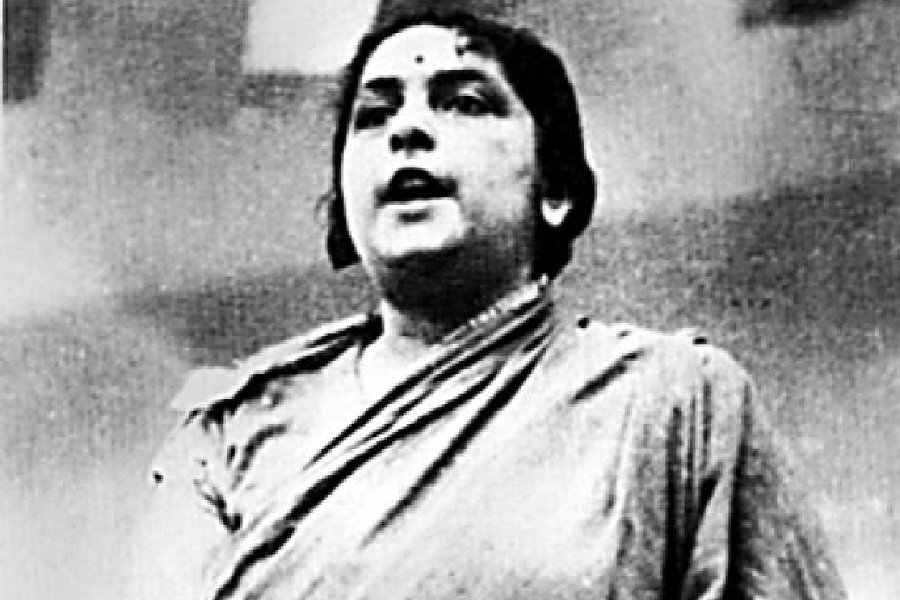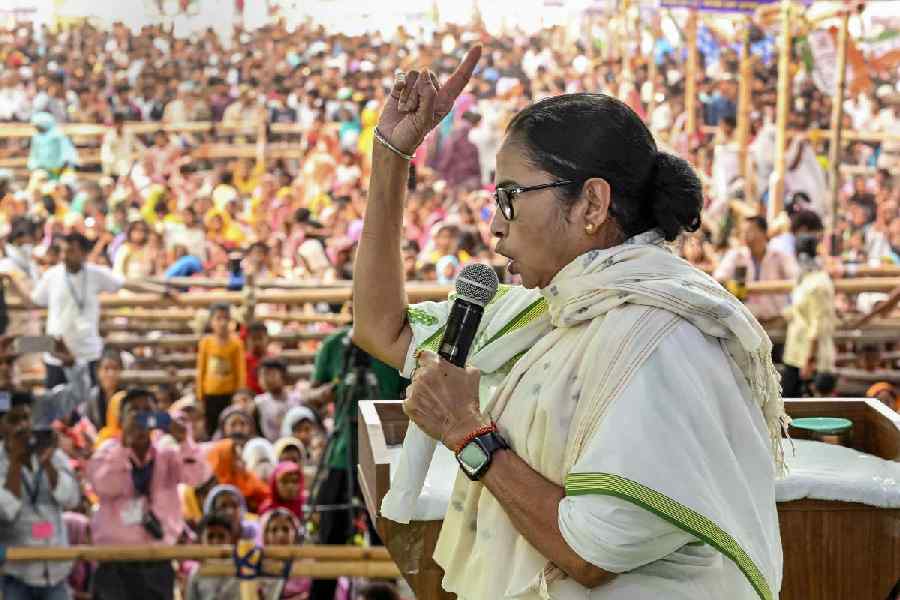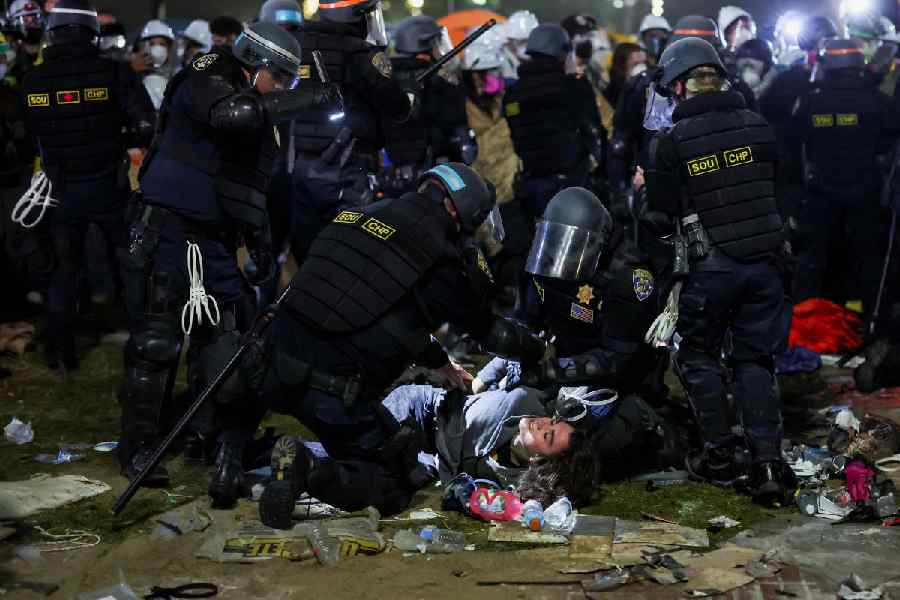Book: Kamaladevi Chattopadhyay: The Art of Freedom
Author: Nico Slate
Published by: HarperCollins
Price: Rs 799
The historiography of the Indian national movement has focused primarily on select personalities. Library shelves are full of works of M.K. Gandhi, Jawaharlal Nehru and Sarojini Naidu, among others. But several national leaders await similar recognition; one such figure is Kamaladevi Chattopadhyay.
Nico Slate’s biography recreates the life and the times of Chattopadhyay with the help of numerous previously unpublished papers and journals in a bid to shed light on several unknown facets. Born into a Saraswat Brahmin family in Mangalore, Chattopadhyay was among the few prominent women freedom fighters. A staunch Gandhian, she was a social reformer and an institution-builder. She was also, as Slate notes, an accomplished performing artist. At a time when the remarriage of widows was taboo, she not only remarried after the death of her first husband but also broke social shackles by marrying into another region and caste. Chattopadhyay performed in plays and sang on stage, acts that were frowned upon at the time. She also travelled to England to “pursue a degree in sociology at a time when few Indian women studied abroad.” These nuggets of information make Slate’s book delightful to read.
The important role that Chattopadhyay played in the national movement, especially from the 1930s onwards, has been discussed at length. Besides being among the earliest women to contest elections to the legislature, Slate also notes the crucial role she played in not just establishing but also leading the All India Women’s Conference. Moreover, during the Civil Disobedience movement launched by Gandhi, Chattopadhyay convinced the Mahatma to allow women to participate in large numbers. She also became one of the first women to get arrested during the course of the movement.
Slate’s delineation of the details of Chattopadhyay’s life and work enhances the appeal of this biography. He takes the reader along as she travels the length and the breadth of the country in the course of her political and social work. One of the most important segments of the book relates to her work during the tragic days of the Partition. This aspect of Chattopadhyay’s political career, it may be mentioned, deserves to be widely known. The rehabilitation of refugees from across the border, especially women who had been kidnapped, was one of the most important tasks she engaged in during those dark days. It was due to her sheer perseverance that an entire city for refugees was established on the outskirts of Delhi. Known as Faridabad, the city was the handiwork of Chattopadhyay who founded it without any support from the bureaucracy.
Written in a prose that is free of jargon and peppered with anecdotes, Kamaladevi Chattopadhyay: The Art of Freedom will be of interest to not just specialists but also those who are keen to read about the ones who occupy the periphery in the historiography of the national movement.










